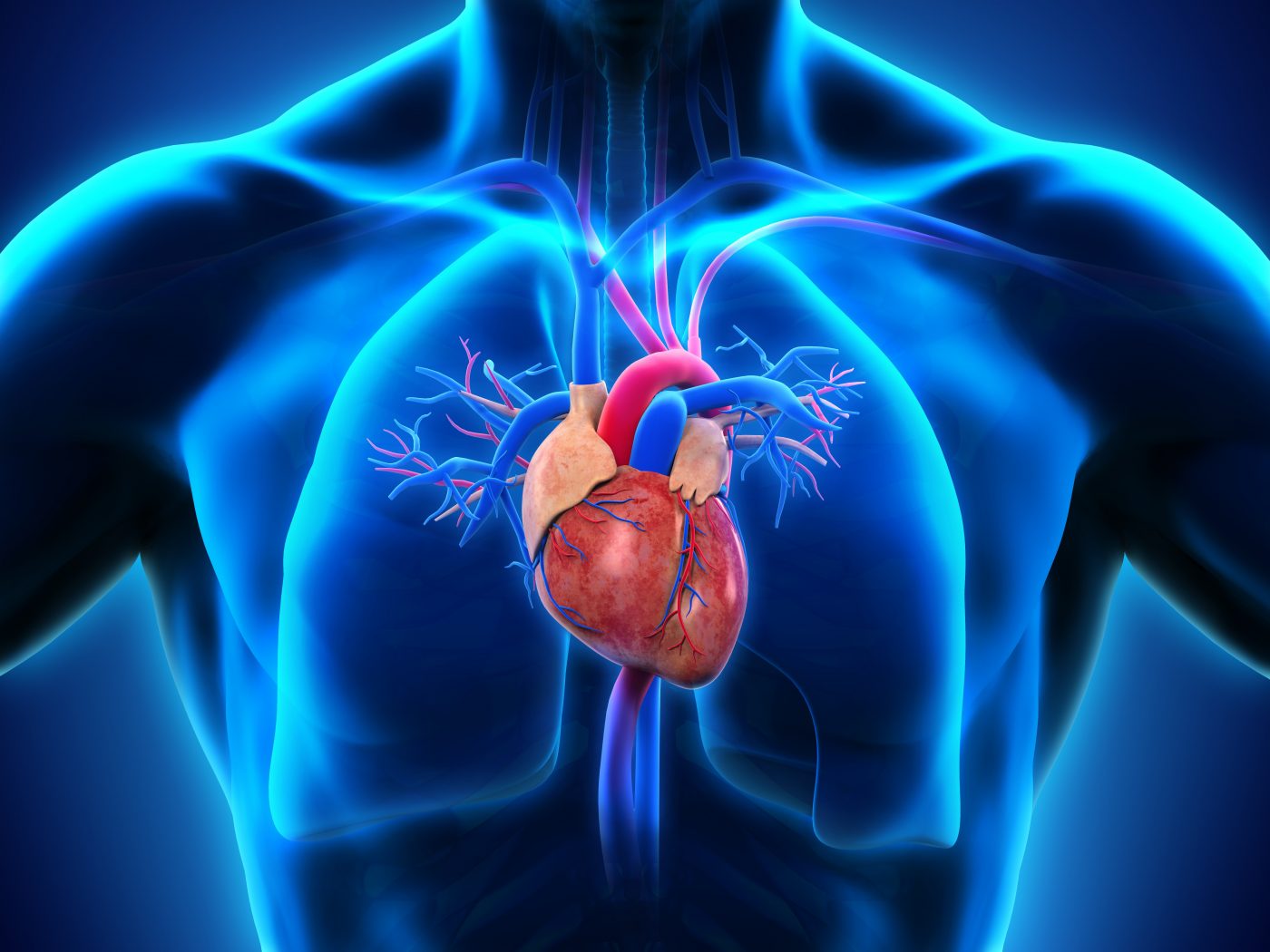INOpulse Improves Blood Flow, Lessens Arterial Lung’s Pressure in Patients with PH-PF, Study Shows
Written by |

Use of INOpulse — inhaled nitric oxide — lessened pulmonary arterial pressure, and the resistance to blood flow in arteries that supply blood to the lungs, in people with pulmonary hypertension (PH) associated with pulmonary fibrosis (PH-PF), top-line results from a Phase 2 trial show.
These results add to the benefits seen in physical activity and patient-reported outcomes in another Phase 2 clinical trial, called iNO-PF, with PF patients at risk of developing PH.
“The benefits demonstrated in our multiple Phase 2 studies support INOpulse’s potential to become a transformative therapy for PH-PF patients,” Fabian Tenenbaum, CEO of Bellerophon Therapeutics, said in a press release.
INOpulse, developed by Bellerophon, is a device that delivers nitric oxide (NO) in a form that can be inhaled. NO is a potent vasodilator, a compound that causes blood vessels to widen, decreasing blood pressure and allowing more blood to flow — and, therefore, more oxygen and nutrients.
The Phase 2 clinical trial PHPF-002 (NCT03727451) was divided in two parts. In part 1, researchers assessed the effects of increasing doses of pulsed iNO on hemodynamic (blood flow) parameters in eight PH-PF patients on long-term oxygen therapy.
The first four individuals received three escalating doses of iNO — 30, 45, 75 mcg/kg ideal body weight/per hour (mcg/kg IBW/hr). The second group, also four patients, was given iNO 45, 75, 125 mcg/kg IBW/hr.
All of the participants may choose to join the study’s second part, an open-label, long-term extension study that will test the optimal dose identified in part 1.
Top-line results of part 1 showed that treatment with INOpulse led to clinically significant improvements in pulmonary arterial pressure, or PAP, with patients showing a mean reduction of 12%. PAP is a measure of blood pressure in the arteries supplying blood to the lungs.
Moreover, INOpulse also reduced the resistance to blood flow in the arteries that supply blood to the lungs — a parameter called pulmonary vascular resistance — by 21%. This improvement was seen particularly in those treated with the 45 mcg/kg IBW/hr dose, compared with individuals treated with iNO at a 30 mcg/kg IBW/hr dose.
Regarding safety, INOpulse treatment was well-tolerated with no safety concerns in any of the doses tested.
The researchers noted that the significant clinical benefits in blood flow among the patients treated with iNO at 45 mcg/kg IBW/hr dose are in agreement with the positive results found among individuals treated with the same dose in the ongoing Phase 2/3 iNO-PF (NCT03267108) study.
Participants in the iNO-PF study (group 2, a total of 44 patients) were randomly assigned to receive INOpulse at 45 mcg/kg or a placebo for four months. The results showed that patients treated with active NO exhibited statistically significant improvements in moderate-to-vigorous physical activity (MVPA) — walking, climbing stairs, and yard work, among similar tasks. The demonstrated increase of 14 minutes per day corresponds to a 20% improvement compared with the placebo group.
Significant improvements also were shown on the St. George’s Respiratory Questionnaire (SGRQ), which measures the impact of respiratory disease on daily life. Higher scores indicate a greater impact, and thus reduced quality of life. On average, the total SGRQ score of patients treated with INOpulse decreased by three points.
Similarly, participants receiving INOpulse had significant improvements in shortness of breath, as measured by the University of California, San Diego Shortness of Breath Questionnaire. On average, a five-point improvement was reported.
“The hemodynamic dose response data generated in PHPF-002 validate the pulmonary vasodilatory capability of INOpulse, confirming the therapeutic benefit of iNO30 and supporting further benefit on iNO45,” Tenenbaum said.
“These findings are consistent with the compelling results from Phase 2 of our iNO-PF chronic study, in which all iNO doses demonstrated meaningful benefits in activity parameters, and in which iNO45 also provided important benefits in patient reported outcomes, indicating that subjects were both functioning better and feeling better,” he said.
“We look forward to further assessing the benefit of INOpulse in our upcoming pivotal Phase 3 studies,” Tenenbaum added.






